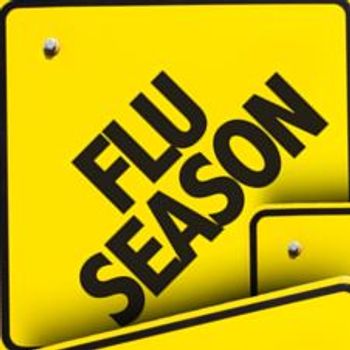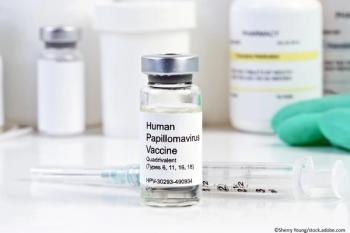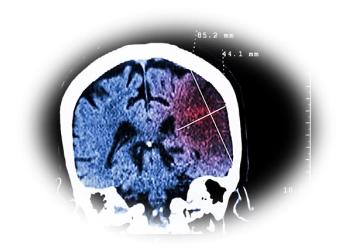
Telemedicine Improves Inhaler Technique, QoL Following Severe Exacerbation of COPD
Telemedicine follow-up after hospital discharge for COPD exacerbation was significantly more effective than standard care and received high patient satisfaction scores.
A structured telemedicine follow-up program significantly improved patient-reported outcomes and
Study participants monitored via video consultations achieved a median
Further, nearly all participants in the telemedicine group (91.4%) demonstrated correct inhaler technique compared with just under two-thirds (65.7%) in the control group (P = .02). The findings were published in BMC Pulmonary Medicine.
Turkish researchers at Gazi University Medical Faculty enrolled 74 adults hospitalized for Global Initiative for Chronic Obstructive Lung Disease (GOLD) stage 3–4 COPD exacerbations between July 2022 and July 2023 and randomly assigned half to follow-up via telemedicine and half to standard outpatient care. Study eligibility required at least 1 COPD-related hospitalization in the prior year and acceptable cognitive function. Exclusion was based on less severe COPD, asthma, lung cancer, active infection, or inability to use telemedicine devices were excluded.
The telemedicine cohort received structured video consultations at 10 days, 1 month, and 3 months post-discharge, with additional visits as needed. Investigators remotely assessed symptoms, vital signs, oxygen saturation, dyspnea (mMRC), CAT scores, inhaler adherence, and technique. Any participant who required further diagnostics or hospitalization was triaged accordingly.
Participants in the control group received usual outpatient care, with data largely drawn retrospectively for the early follow-up period, as CAT scores were not routinely collected.
Findings
CAT scores in the telemedicine group decreased progressively from a baseline median of 16 to 13.5 at the first visit, 10.5 at 1 month, and 9 at three months (P < .001). Researchers observed statistically significant improvements between baseline and the first visit (P =.006) and between the first and second visits (P = .027), with no significant change thereafter. The investigators reported higher median CAT scores (22) among participants who required additional unscheduled telemedicine consultations, reflecting acute symptom exacerbations, according to the study.
Inhaler adherence among telemedicine group participants improved from 16.7% at baseline to 70.6% at 3 months, with the authors attributing progress in technique to real-time correction and demonstration. Participants receiving standard-of-care follow up improved from 21.2% to 55.9%, though between-group differences did not reach statistical significance. The researchers noted that "even though the inter-group difference in adherence to inhaler treatment was not significant, greater adherence in the telemedicine group could be due to increased communication with patients, continuous checking of inhaler technique, and [repeated reminders of treatment importance."
Investigators also reported high patient satisfaction with the telemedicine approach: 89% preferred to continue with remote follow-up and 83% reported minimal or no anxiety regarding video consultations.
Mortality during the study was low and similar between groups (1 telemedicine vs 2 control; P =.999), while attrition favored telemedicine. According to the study results, 18 participants assigned to the control group never presented for follow-up.
Among the study's limitations the authors acknowledge the single-center design, short 3-month follow-up, inclusion of only GOLD 3–4 patients, and incomplete longitudinal control data. They also noted that educational level, a potential determinant of treatment adherence, was not captured.
The authors conclude that telemedicine offers a viable, patient-centered approach to post-exacerbation COPD care, enhancing disease self-management, inhaler technique, and patient engagement—potentially reducing the clinical burden of recurrent exacerbations.
References
- Dogan ZS, Kokturk N. Evaluation of patients diagnosed with chronic obstructive pulmonary disease in terms of treatment compliance and quality of life after follow-up with telemedicine: a randomized controlled trial. BMC Pulm Med. 2025;25(1):408. doi:10.1186/s12890-025-03854-z
Newsletter
Enhance your clinical practice with the Patient Care newsletter, offering the latest evidence-based guidelines, diagnostic insights, and treatment strategies for primary care physicians.



























































































































































































































































































